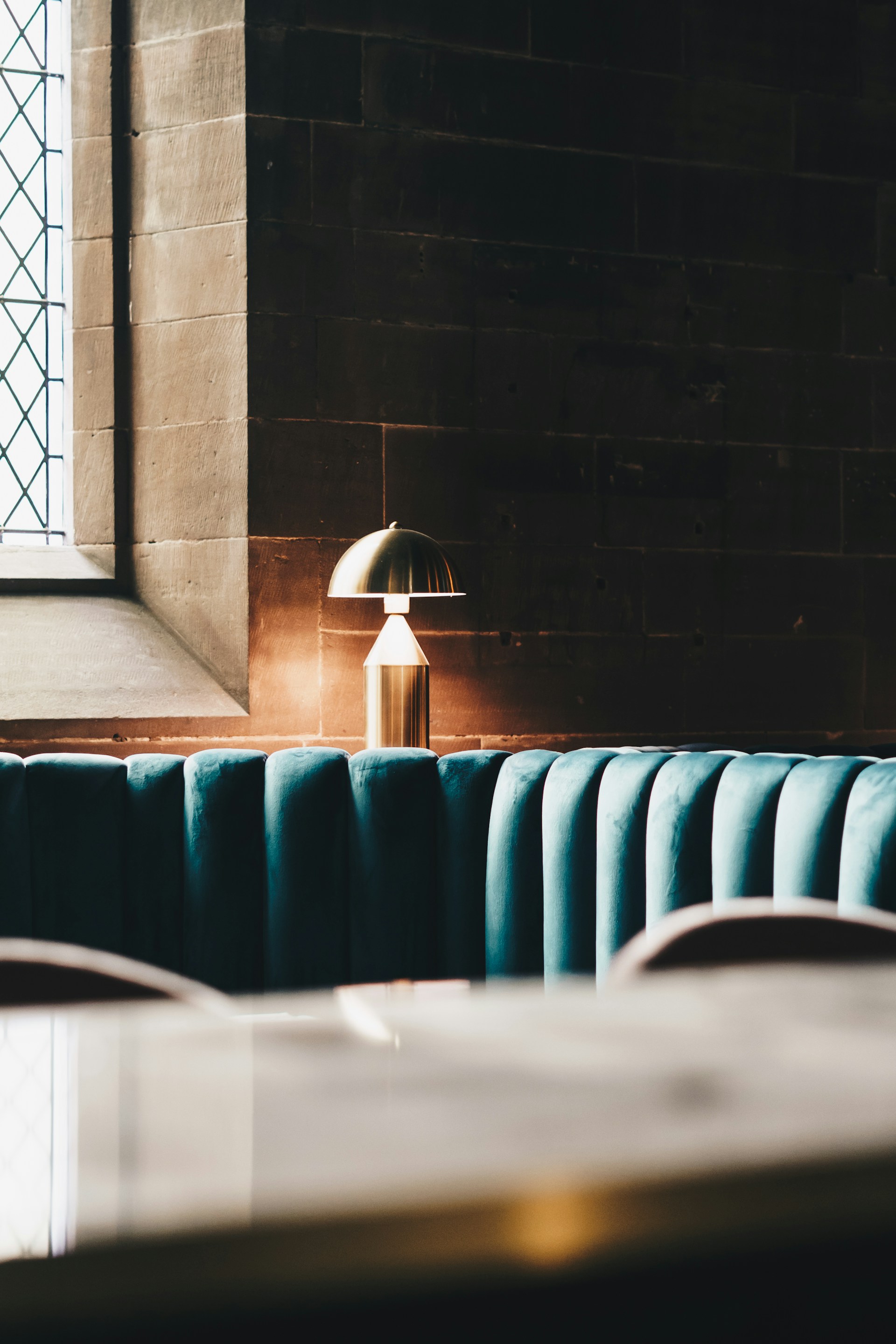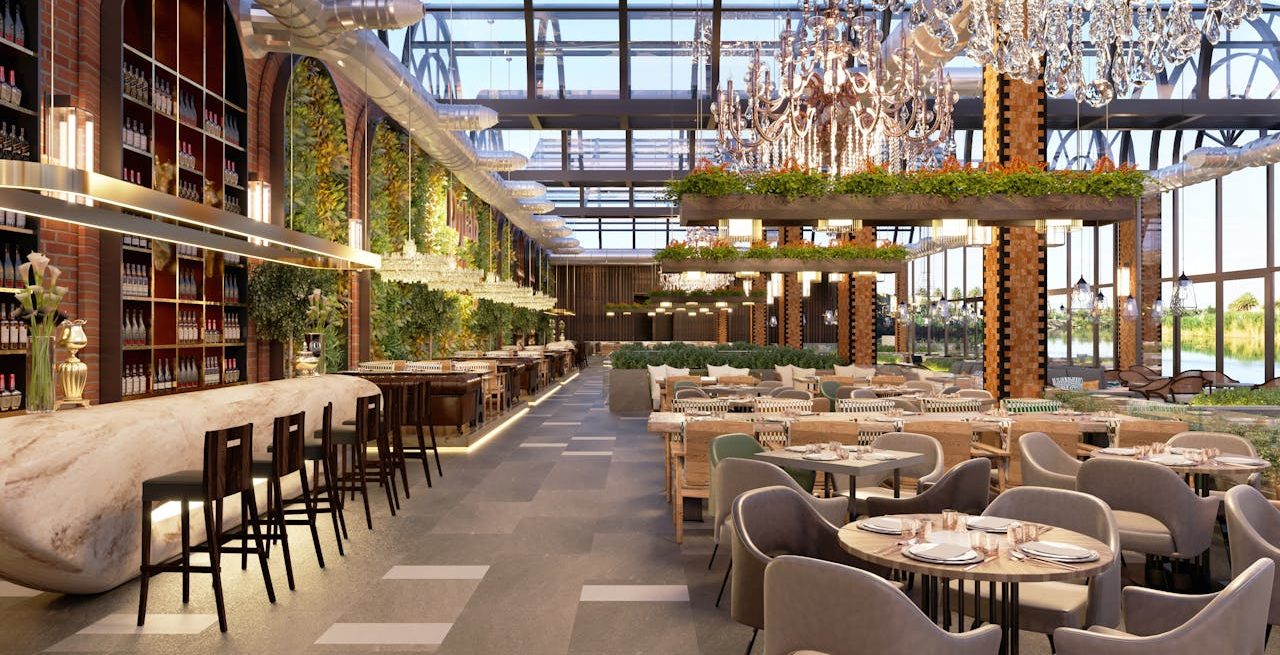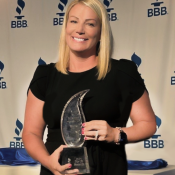Buying Restaurant Furniture? Consider These Five Important Questions First
4 Min Read By Megan Vickers
On the surface, you may not think a roadside diner or downtown café would have much in common with a fast-casual chain, not to mention an elegant stand-alone restaurant where couples and families celebrate over a two-hour, five-course meal. But the truth is they have a lot in common when it comes to selecting their furniture. Of course, the look and build may differ, but many of the questions they should consider are quite universal.
Over the years, I’ve probably worked with thousands of establishments either buying restaurant furniture for the first time or replacing their current furniture. And regardless of establishment type or core clientele, there are a few questions to consider that will help you get the most from your purchase. Let’s go over a few basic questions all dining establishments should consider when selecting their furniture.
Consider Your Layout and Flow
The first (and most obvious) thing is to consider the layout. You should work with someone on this too. Some manufacturers can help you with this, and there’s also no shortage of freelance designers or even software to help you. But definitely consider getting help. Because even one inch – one little inch – can make a massive difference in a high-traffic area with large serving trays going back and forth.
In addition, getting professional help with your floorplan can also maximize your space. I’ve seen layouts drawn on a legal pad get the designer treatment, and not only was the flow improved, but extra seating space was created.
Tables/Chairs vs Booths
Here’s a funny thing I noticed over the years: many people think booths take up more floor space, but the opposite is actually true. In most cases, tables and chairs will command more floor space. A four-person booth generally takes up 21 sq ft, where a table and four chairs generally requires 35 square feet.
That stated, how and why your patrons will dine is paramount. Are there going to be smaller parties and in/out? Booths are excellent for this and are quite intimate, too (especially if they are extended higher to block more sound). But once the party size gets larger and meals get longer, tables and chairs take center stage. They make it easier for servers to serve everyone, and they can fit more people comfortably. And for large parties, a sizable round table – where everyone can easily see and converse with each other – is excellent for a superior and memorable experience despite it being the least efficient footprint-wise.
A mix of booths, banquettes, and chairs/tables of varying sizes and heights works well in most cases. But always consider your clientele and their expected dining experience. That’s going to matter more than anything.

Different Species of Wood – Does It Matter?
It generally will in terms of strength and longevity. Your American Hardwoods (Maple/Oak) are excellent for most applications. Softer woods, such as Pine and Spruce, can also work but are not as strong. It’s something to keep in mind, especially if your furniture’s strength and longevity is expected to be tested by kids, clubgoers, etc. Also, consider your location. For example, are you on or near water? Let your manufacturer know, as certain wood species and added protections could really help.
One note here: as of late, multispecies is trending on some pieces, with additional strength applied to customer-facing portions. This may be a good option depending on your manufacturer and intended use.
Should I Think About Light?
Yes, you should consider it. Over time, direct sunlight can affect the look of your furniture. You likely won’t notice it right away, but in just a few short years, you may notice the furniture in the direct sun doesn’t pop as much as it used to.
This can be mitigated to a good degree with certain fabrics, stains, and UV protections. So let your manufacturer know if you plan on a row of booths (etc.) in the direct sunlight.
Conversely, for some establishments, an overnight spent swapping a “sunlit” row of booths with a row out of the sun every year could be time well spent. It will keep all the furniture looking more uniform regarding sun impairment.
Fabrics – Consider Use and Cleaning
Lastly, let’s touch on fabrics. There are many choices here regarding how well they hold up to use. In general, vinyl holds up better than cloth, and leather beats them both. I say “in general” because advancements in fabric technology are constantly made. As always, talk to your manufacturer.
As far as cleaning, fortunately, they all come with a code, letting you know how to clean them. Here are the codes:
W – Water-based soap/foam upholstery cleaner.
S – Solvents that don’t produce suds (no water).
W-S – Both water-based and solvents are ok.
X – Vacuum/light brushing only.
DC (or just D) – Dry clean only.
Wrapping Up
Buying new restaurant furniture is exciting. You have a vision for your establishment, and the furniture completes it. And with some thoughtful planning, you can maximize your space, better serve your patrons, and ensure your furniture looks and performs great for years to come.


